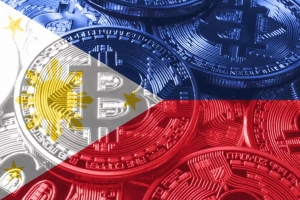In its latest report on digital assets ownership, Finder surveyed 7,514 Internet users in the Philippines and found it ranks 10th out of 27 countries studied. The crypto ownership rate in the Philippines is 16% (about 11.6 million people), slightly higher than the global average of 15%.
Some of the same factors that make the Philippines attract for digital banks and e-wallets apply to crypto as well. There is a large unbanked population, estimated at 47% of adults (31.5 million people) as of early 2021 by Bangko Sentral ng Pilipinas (BSP), the Philippine central bank. Of the 53% with bank accounts, there is undoubtedly a considerable underbanked population. Additionally, the archipelago geography of the country (2,000 inhabited islands) is conducive to digital financial services. 58 million Filipinos live in rural areas with limited access to bank branches.
Meanwhile, at this stage, Philippine regulators seem be relatively open about digital assets, with regulation aimed at balancing investor protection with promoting the advancement of the technology. To date, the country has not passed any restrictive crypto regulation for either individuals or businesses, in contrast with many of its neighbors. Both China and India have come to see crypto as posing a systemic financial risk. China has banned it for the most part, while India has implemented taxes on transactions that reduce the profitability of trading. Singapore is likely to further restrict the crypto market following the dramatic collapse of Three Arrows Capital.
We reckon Philippine regulators have practical considerations different from these countries. The BSP aims for 50% of retail payments to be digital by 2023. It also wants to expand the number of financially included to 70% of Filipino adults by 2023. Crypto may be able to help support these goals. For instance, UnionBank has also launched a payments-focused stablecoin pegged to the Philippine peso for financial inclusion purposes. It attempts to link the main banks of the country to rural banks and bring financial access to previously unbanked parts of the country.
One test of just how open the Philippines is to crypto will be how it handles Binance’s interest in setting up shop in the country. In June CEO Changpeng Zhao, stated in a press briefing in Manila that Binance is looking to obtain VASP and e-money issuer licenses in the Philippines. The VASP license would allow Binance to legally facilitate the exchange of digital assets and their conversion to the Philippine peso, while the e-money issuer license would permit it to issue electronic money.

